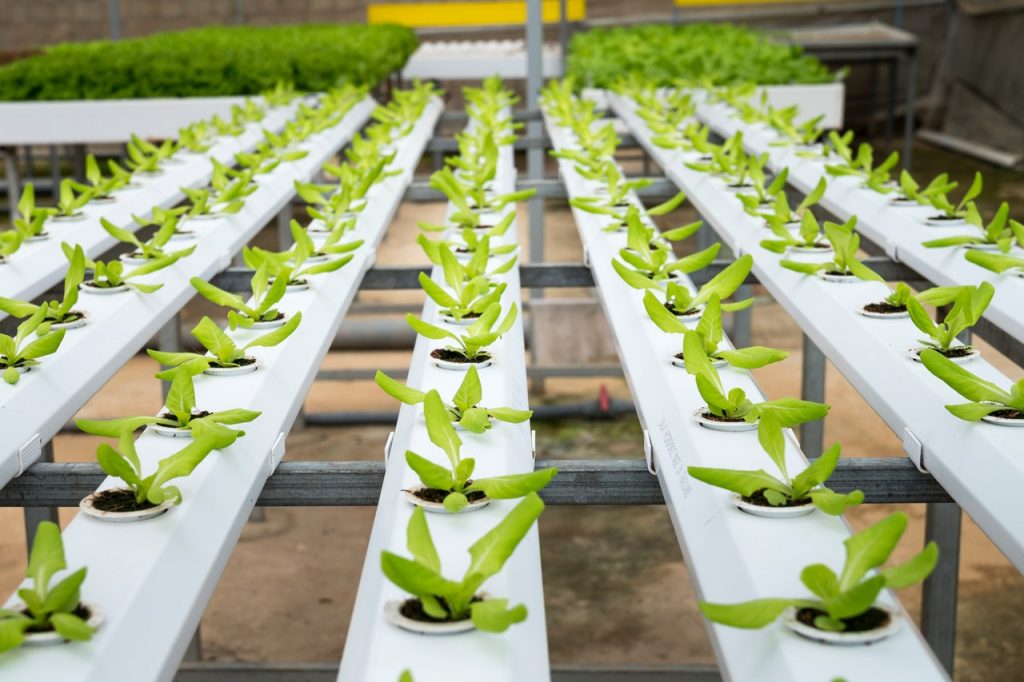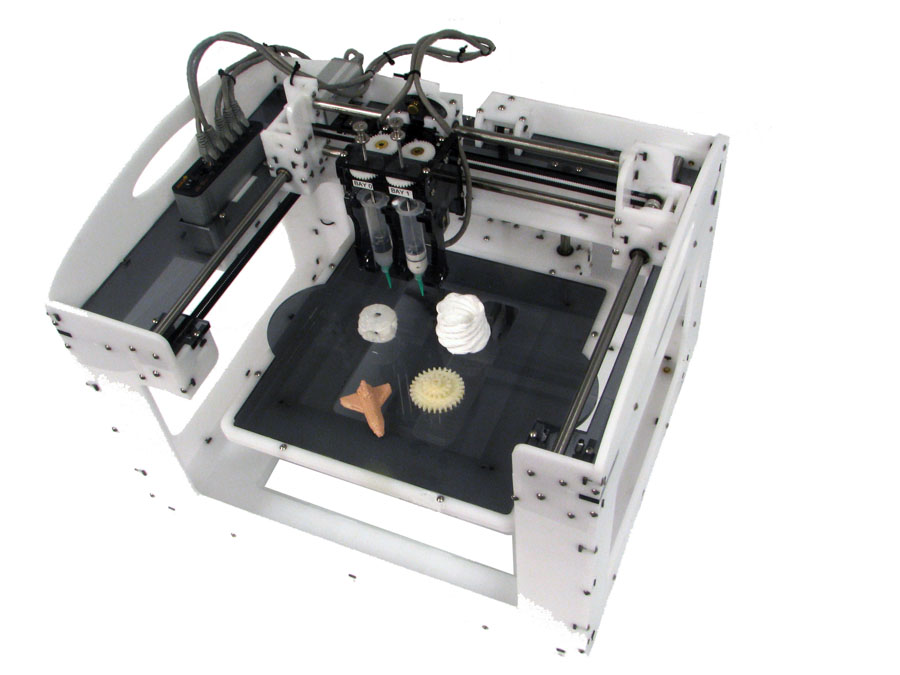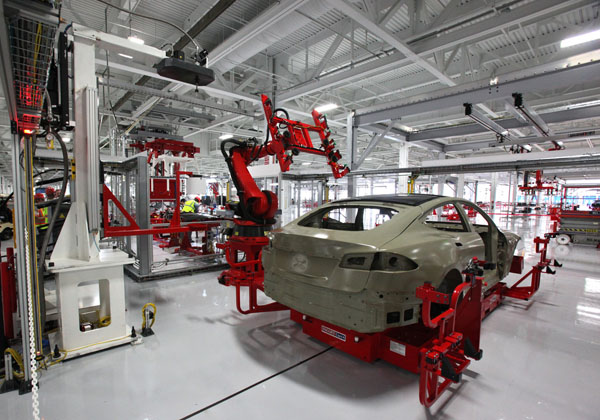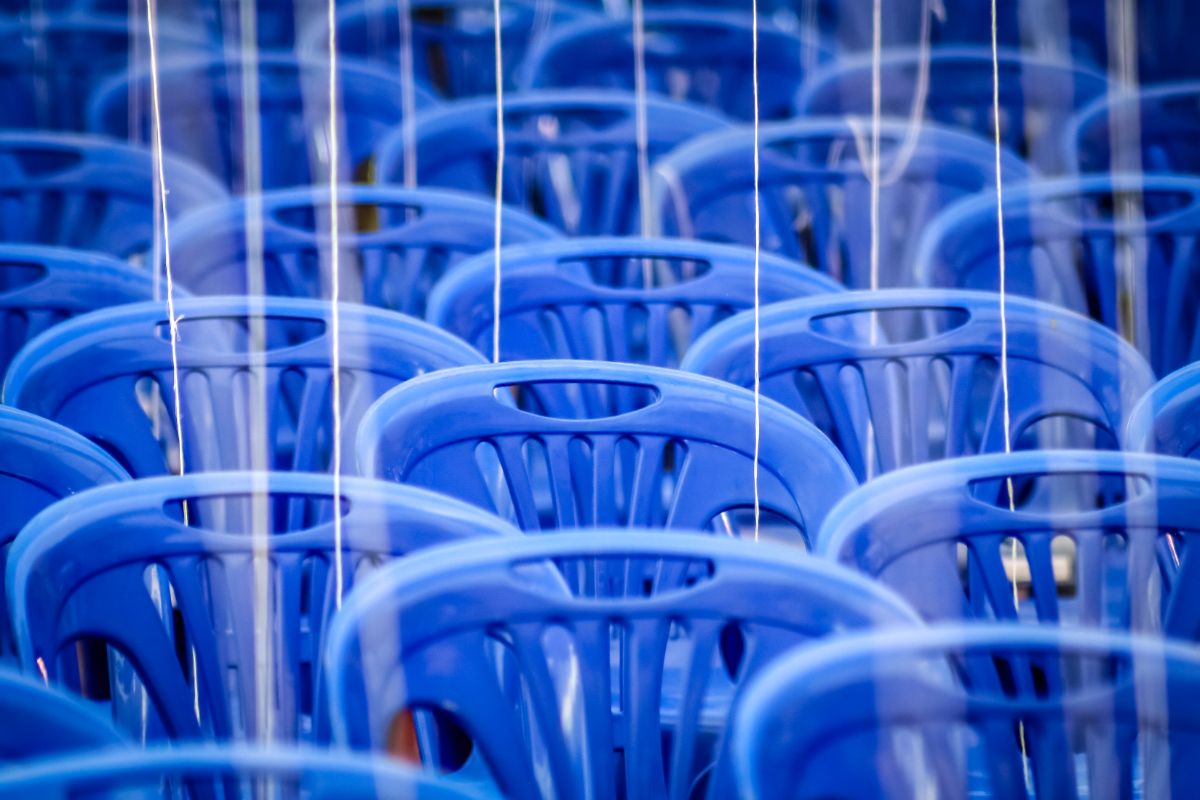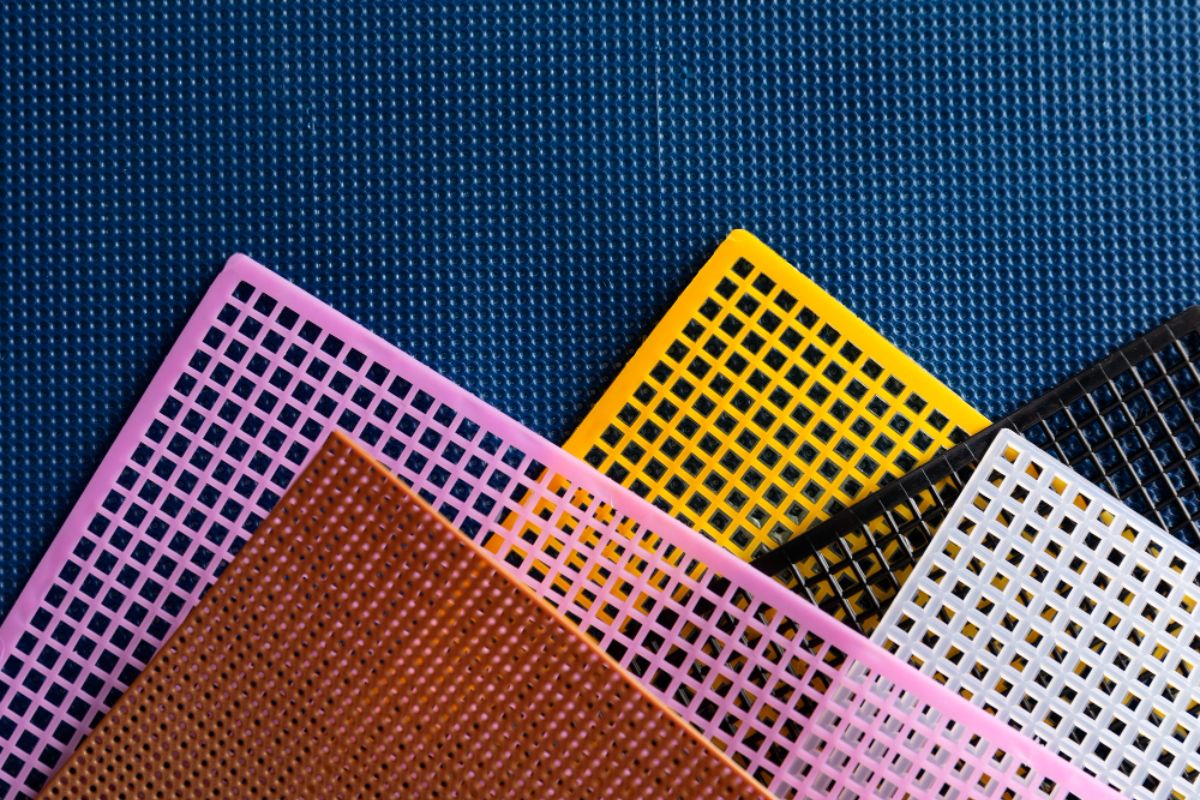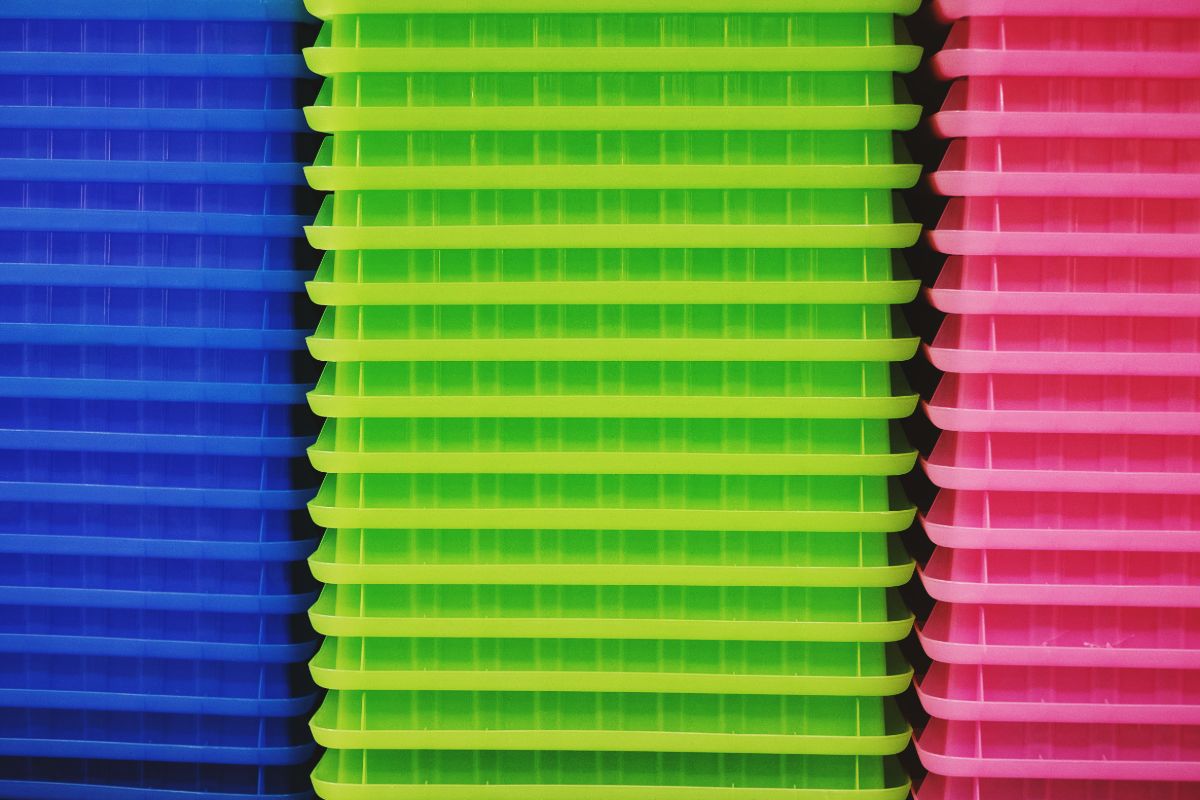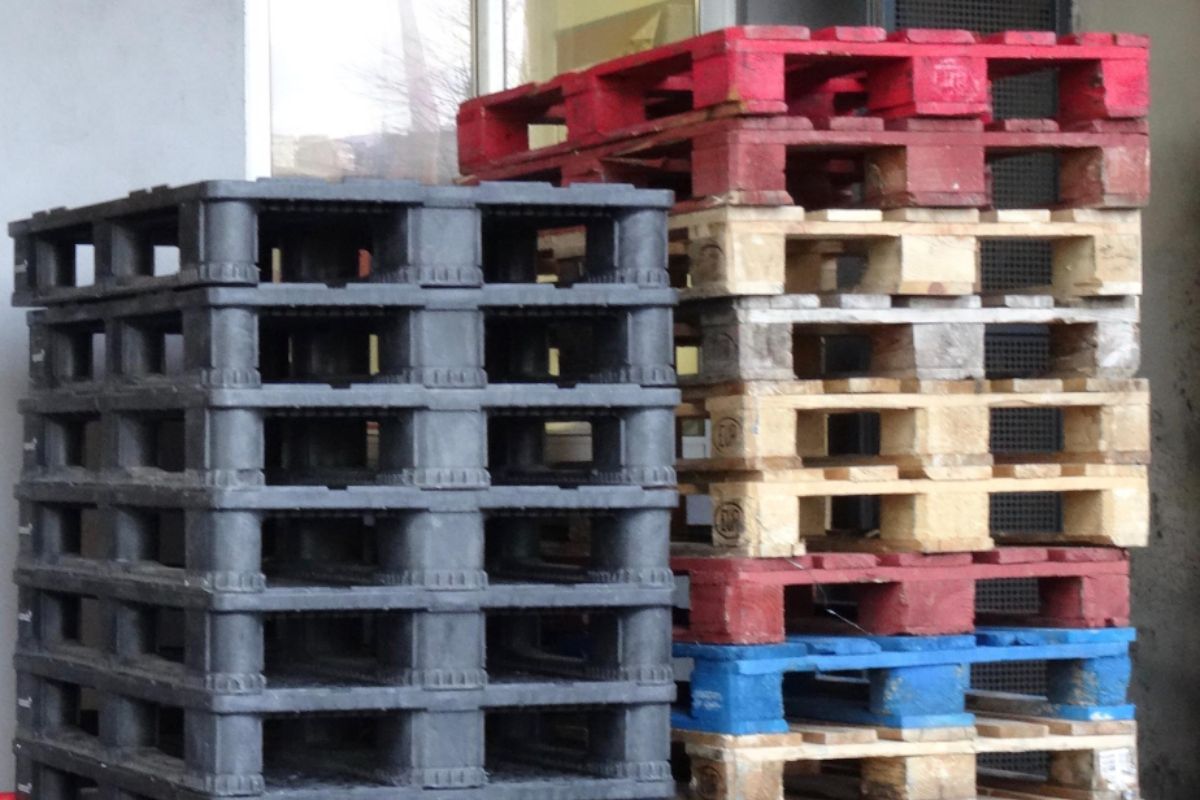Why is the agriculture industry moving from metal to plastic injection molding?
- Better Sanitation
- Flexibility of Design
- Lower Cost
- Advancement of Polymers
- Faster Manufacturing Process
With the advancements of plastic injection molding in China, the agricultural industry has shifted from using metal to plastic as its main material to a more cost-efficient alternative. Through plastic injection molding, more complex designs are able to be formed in order to cater to specific areas in need within the industry. Not only that but, these intricately designed parts are also able to be created in large batches with shorter times.
Read on to learn more about why the agriculture industry is moving from metal to plastic injection molding.
Better Sanitation

A number of different harsh chemicals are used in multiple aspects of the agriculture industry. Plastic is a material that does not corrode easily, unlike metals, making it a prime candidate to store various chemicals in. An example of this is pesticide sprayers. Each component from the storage container itself to the nozzle is made of plastic and can be used multiple times in a week without corroding.
After the plastic container has been emptied, it can be safely sent to either a recycling plant or to be disposed of in a safe area. Besides providing better sanitation, plastic can also be shaped into different designs.
Flexibility of Design
There are limitations to the design of metal products that can be solved by shifting to plastic instead. Plastic is a kind of material that can be easily shaped into a million different ways. The reason for this is that plastic injection molding makes use of high-pressure to incorporate molten plastic into a specially-designed mold. This mold is created through the collaboration of injection molders and design engineers equipped with a computer software. This software is so advanced that it can aid in detecting any abnormalities or malfunction in the design before it is even physically created.
An example of what plastic can do is in terms of a Rotomolded Beehive. In order to further increase the number of honey production in an urban setting, companies have created an artificial way to safely store bees and collect their honey. These complex structural designs are able to be created at a lower cost compared to metal counterparts.
Lower Cost

Transitioning from metal to plastic can greatly reduce costs in a number of factors within the industry. The first is the cost of manufacturing. Metal products are composed of multiple parts welded together. On the other hand, plastic products have the ability to combine all those parts into one shape. This can save the company a large cost as it reduces the amount of material used, which ultimately reduces prices and also saves the customers money.
Another type of cost that plastic products save up on is transportation costs. This is because plastic containers weigh less than metal containers, lessening the costs companies have to pay to transport items from one place to another. These can also be thanks to the advancement of polymers that allow for a number of different designs that can effectively lessen weight.
Advancement of Polymers
Plastic injection molding has the ability to mix together a number of polymers that can improve the product’s strength while reducing its weight. It can even integrate metal into the product design in order to further improve its durability. Besides the strength, these polymers now also come in different colors, eliminating the need for the product to undergo any painting after it has been molded. These are extremely important in the agriculture industry in terms of how it stores materials with varying components.
The advancement of technology has been a great factor in the rise of plastic injection molding. Its ability to handle and execute complex materials and processes have been able to create a more efficient process.
Faster Manufacturing Process
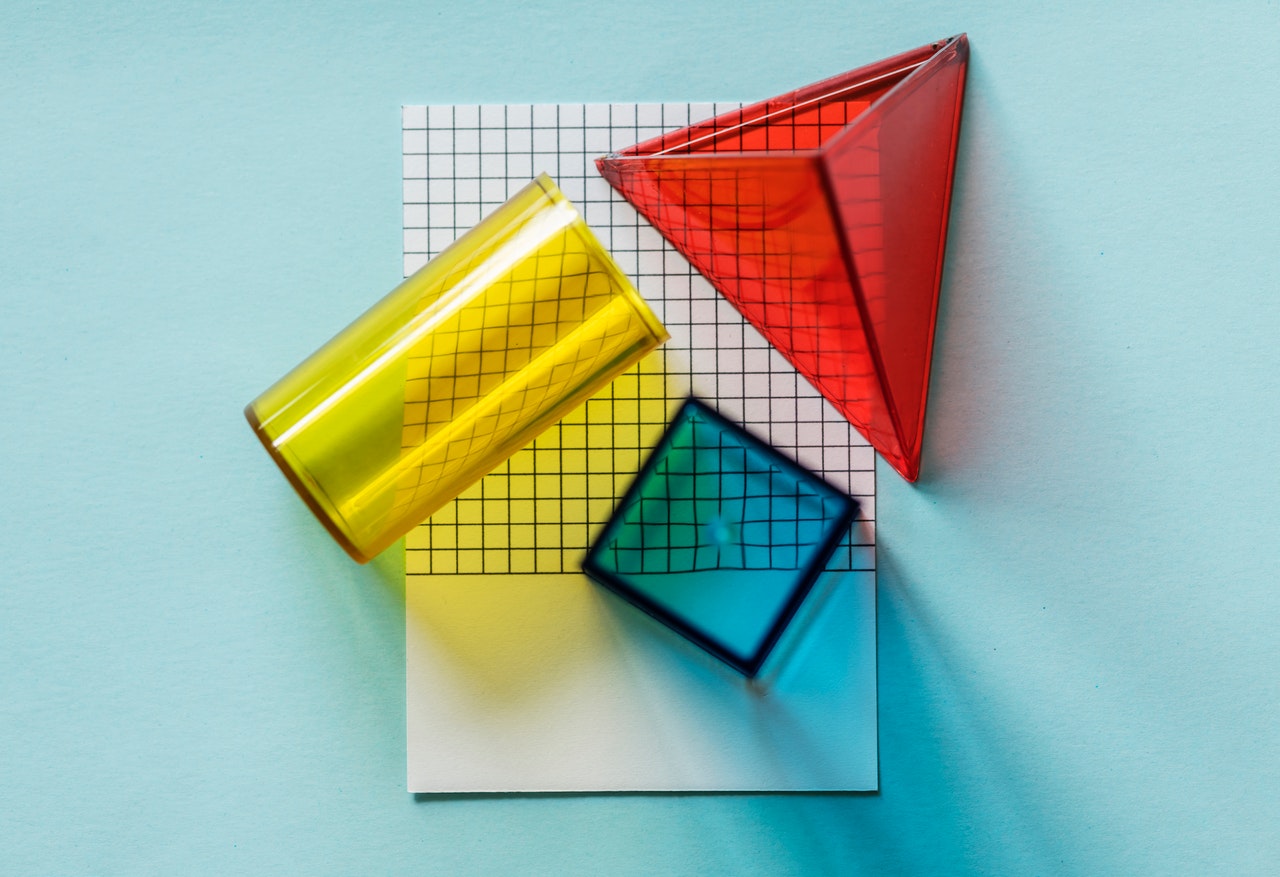
Plastic injection molding is a completely automated process. Each step is controlled by robotics, from the grinding of plastic pellets to the molding and up until the cooling process. This is the secret as to how plastic products are able to be created so quickly in such a short amount of time. It can also handle large batches at a time, increasing the number of products created in a certain time period.
These are just some of the reasons why the agriculture industry is moving from metal to plastic injection molding.
Key Takeaway
The plastic products created through plastic injection molding in China have proven to create a significant change in the agriculture industry. In terms of cost, the plastic injection molding process can create large batches of plastic products in a shorter time span. In terms of design flexibility, the collaboration of professional injection molders and design engineers can help create a mold specifically suited to your needs. And finally, plastic has a higher resistance to heat and corrosion, which makes it ideal to handle chemicals that may otherwise seep through metal.
These are the reasons why agricultural companies are opting to replace their metal products in favor of more durable plastic ones.
